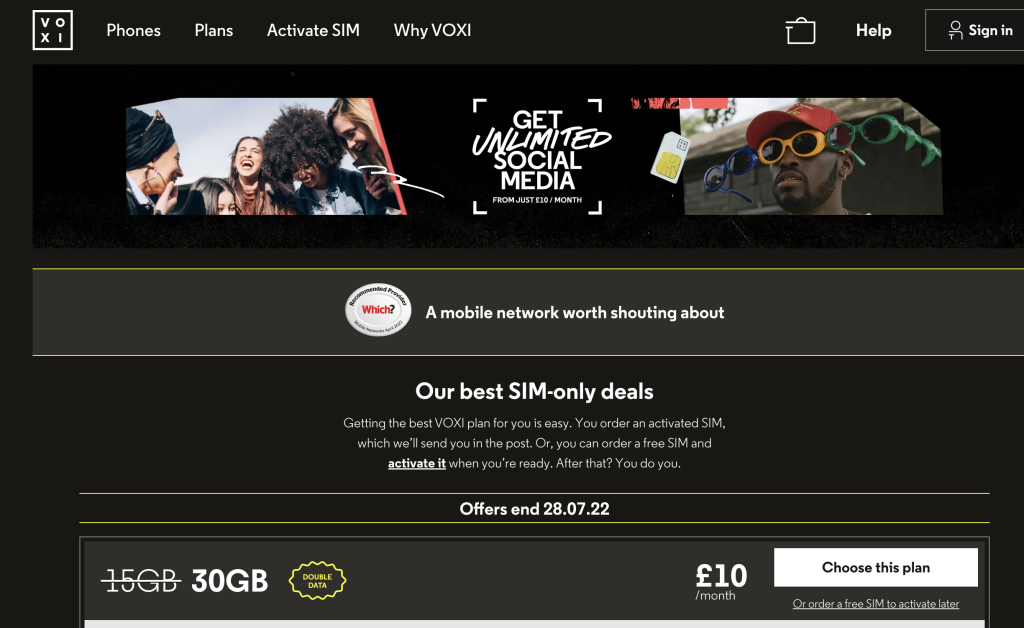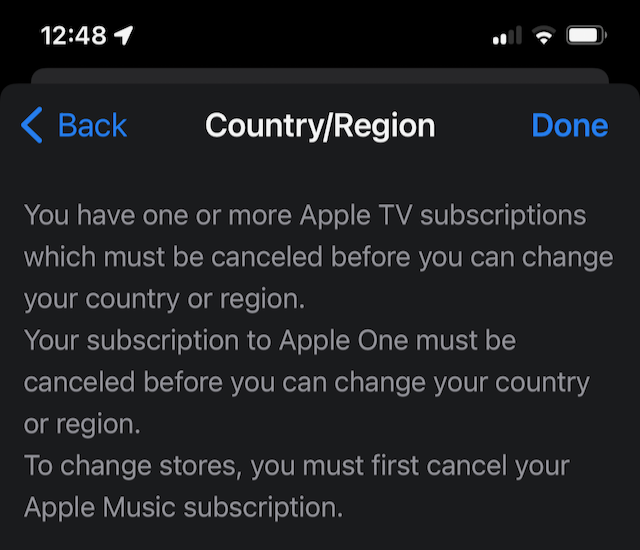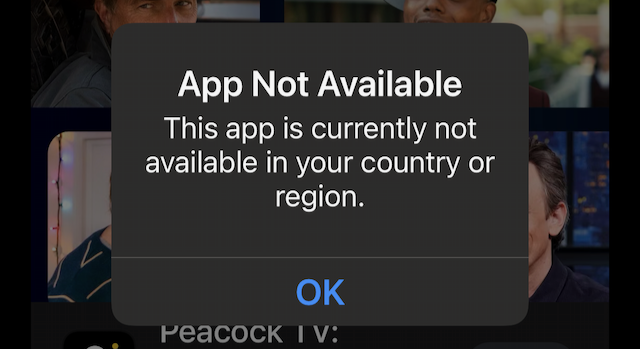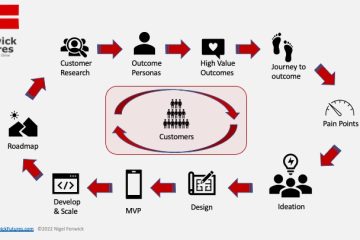I recently discovered just how fragile our digital infrastructure is. If you’re an app product manager, don’t reduce your target market by restricting it to a single country or region. Even if your app is specific to a country, design your app to support any customer traveling into your country.
Because I’m in the UK for several weeks, I decided to buy a UK SIM for my iPhone so I wouldn’t need to pay for international roaming. At just ten pounds per month for 30GB of data, pay-as-you-go monthly plans from services like VOXI can be substantially more cost-effective for international travelers to the UK and Europe. However, when your digital identity is tied to your phone number, adding a new UK sim card has dramatic impact on your digital life.

The first most notable impact is you get a UK phone number on your phone. At first, this seems like a good idea, making it easier for friends and colleagues in the UK to call on a local UK number. But it doesn’t take more than a few minutes before you realize that your phone won’t keep your old USA number for longer than 30 days. OK if you’re only out of country for a week or two, but not useful if you’re traveling for more than a month. To avoid losing access to services tied to my US phone number, I opted to insert my US SIM into an old iPhone I carry as backup. While it has my US cellular carrier tied to the SIM, if I leave it with cellular services turned off, I can avoid massive roaming charges. I can still use the phone on WiFi, and importantly, my US number is maintained on my Apple ID.
If you don’t happen to have a spare phone, it may be worth buying a cheap one because most credit cards and financial services now use two-factor authentication. If you have 2FA setup to send a message to your phone, without access to text messages on your old number, you will be unable to verify your account (something you typically have to do at least once while travelling). Note: This is a good reason to use authentication apps (e.g. Microsoft Authenticator) for 2FA in place of a mobile number.
Do Regional Settings Block Access To Your Firm’s Apps?
It wasn’t till I went to Costa Coffee to buy coffee that I discovered the biggest challenge to using a phone registered for a region that’s not your current location. My phone is registered with Apple using my Apple ID. My ID is tied to North America as my region. On searching the app store I found numerous Costa apps from many countries, except the one in the UK (see image).

It seems many apps are only made available to accounts registered to the same region. Which means my existing apps on my phone may also be tied to my US region – how would I know?
By limiting region availability, product managers may be attempting to make compliance with the various privacy rules easier (like GDPR in the EU for example).
Since there is an option on the iPhone to change your region, you might think that this is simply a matter of of a phone user selecting a new region in order to load apps for that region. Not so fast!

When I tried to change my region to the UK, I discovered I would need to first cancel all of my current Apple subscriptions.
Since I’m expecting to be in the UK for a number of weeks, I did seriously consider this. But as I brought my Apple TV with me, and I listen to Apple music a lot on my phone, and I have my entire digital experience tied to my Apple account, I really don’t feel like canceling subscriptions just to be able to load UK-only apps. What’s more, if I change my region, I have no way of knowing which of my existing digital services would no longer be supported. Would my iCloud subscription still work? How about my Microsoft OneDrive subscription? Given all of the challenges surrounding where data is stored based upon where a customer is located, I suspect many of my existing app subscriptions may no longer work after changing my region. Is that a risk I’m willing to take?

And it’s not just Costa UK’s app that isn’t supported if your region is not the UK. It turns out Morrison’s supermarket only lets customers get discounts through it’s app – and I can’t load their app either, because it’s not available in my region!
Since many other UK apps are freely available to me to load from the App store, including, for example, the NHS app to access healthcare services from the National Health Services, and Shop&GO automated checkout app from Aldi, this is clearly a choice made by some app product managers. By opting to restrict access to the app to a specific region, digital product managers are blocking anyone who may be visiting the region. This may make compliance easier, but it creates for a very poor customer experience, especially if your business model is pushing customers toward digital experiences.
One option is to submit your app for use in all countries/regions when uploading it to Apple. Another is to design the app to work differently based on the country selected by the customer.
Has Amazon Solved This For Their App?
If you’re a digital product manager and haven’t figured this all out yet, you can at least take some comfort in the fact that Amazon isn’t perfect either! Amazon does at least support the ability for Amazon app users to change their country and currency from within the app. (See image).

Unfortunately, Prime membership doesn’t carry from one region to the other. After selecting the UK as my region and GBP as my currency, the app smoothly switched to shop from Amazon.co.uk. But to get Prime delivery, which I have had for years in the USA, I need to signup as a new Prime member in the UK, with my UK address. I could of course cancel my US prime account for the period while I’m in the UK. This would also require me to lose all of my US Prime account settings, including cloud photo storage and other subscriptions.
Having left my US account in place, I also find my Prime video isn’t switched over to my Prime UK account, meaning my ability to watch Prime Video is limited to what’s supported overseas, vs what I should have access to now that I’m also a Prime-UK subscriber (and paying for Prime twice).
I tried calling getting support from Amazon through online chat. The US support team referred me to the UK. The UK support team tried to refer me to the US. And when, after twenty minutes of back and forth, I asked to escalate it above the supervisor, I was disconnected.
App Developers: Design Mobile Apps For Multi Region Support
The solution for product managers is to design apps for use across multiple countries and regions. This does mean providing disclosures with regard to how and where data is stored and making sure your app is in compliance with the regulations for the regions supported. For UK app developers who are typically making sure they are in compliance with GDPR, providing support to US customers shouldn’t be a problem since the GDPR rules are presently more stringent than the US regulations. For US developers, making sure EU/UK customers can access your app may require additional disclosures and/or data storage and security options. In practice, many US companies are opting to maintain compliance to the more stringent GDPR standards as a matter of policy to avoid having multiple levels of compliance.
Another advantage of designing one mobile app for use in multiple countries is that you can avoid the proliferation of like-branded apps in the app store which simply confuse customers – like Costa for example.
And finally, when submitting your iOS app to the App store, please select all regions and not just your local country!

0 Comments